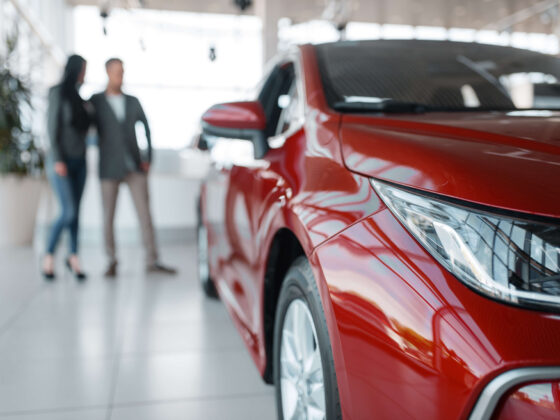If you’ve been hanging around with us for a while, meaning, if you’ve been keeping up with our blog here at eTags, you know we’re not much for dwelling on the negative stuff. Our niche is tags and titles, and while we love staying current with the all the goings-on in the automotive world, we generally tend to stay away from the topics that could hit your panic button.
Use eTags© to Quickly Complete Your DMV Service. Renewals, Title Transfers and More, All Online!
That said, most people know what’s going on in the U.S. regarding the new import tariff hike that went into effect last month. Indeed, we’ve been following the subject since the beginning.
The quick recap is this: President Trump added a hefty 25% tax on goods imported to the States.
This includes products from car-making heavyweight countries like Mexico and Canada (and more). And as American auto manufacturers rely greatly upon both the parts and finished products arriving from these places, consumers have been watching the situation develop with great interest. 
Recently, American automakers (and the media) have taken to speculating how much it would actually cost car buyers to purchase a vehicle manufactured entirely in the U.S. That means 100% made in the USA, not simply assembled here or 70% American. Because even the car plants that are already established stateside – the factories that employ thousands of Americans and that use a large percentage of U.S. material – even they are not entirely U.S. made.
The average “American made” vehicle currently requires 20,000 parts, a large bulk of which is imported from 50 to 120 different countries.
This, plus the fact that the average American made car, truck, or SUV is really only about 70% American, leaves us to wonder about that other 30%. And about just what kind of increase in cost that 30% would carry if all those parts were manufactured in the U.S.
As it is, a car that is simply assembled in America sports a considerably higher price tag than one manufactured in Canada or Mexico. We’re talking a difference of about $10,000 extra for a U.S.-assembled vehicle. So now what could possibly happen with a car made entirely in the State with entirely American parts? Well, hold onto your horses, folks. 
The speculative cost for an all-American vehicle carries a whopping sticker of $300,000.
Yep, that’s what the word the on the street is. And that’s just the starting price. So while Trump’s goal in enacting the tariff may have been to encourage American manufacturing over imports, it is likely that this aim may not come to realistic fruition in the near future. At least not in the automotive world, it seems.
It seems to us, that there will have to be some sort of concession made in order to stabilize what looks like an unsustainable increase in automobile prices. With the average used car costing around $30,000, and the average new car around $40,000, it is unlikely that consumers will agree, or even be able to manage such a drastic hike in costs.
So, what to do? Well, as the adage goes, “This too shall pass,” and there will come along some sort of solution. There must, we say. Perhaps, like the tariff discount Trump extended to Mexico, dropping the fee down to 15% from 25%. It’s not totally perfect, but it is a marked improvement. We’re hoping this will be a precedent set to inspire further reductions in tariff amounts across the board.
In the meantime, trusted automotive source, Kelley Blue Book, has compiled a comprehensive piece on just how to approach this possible car crisis. To read the full article, click here.








